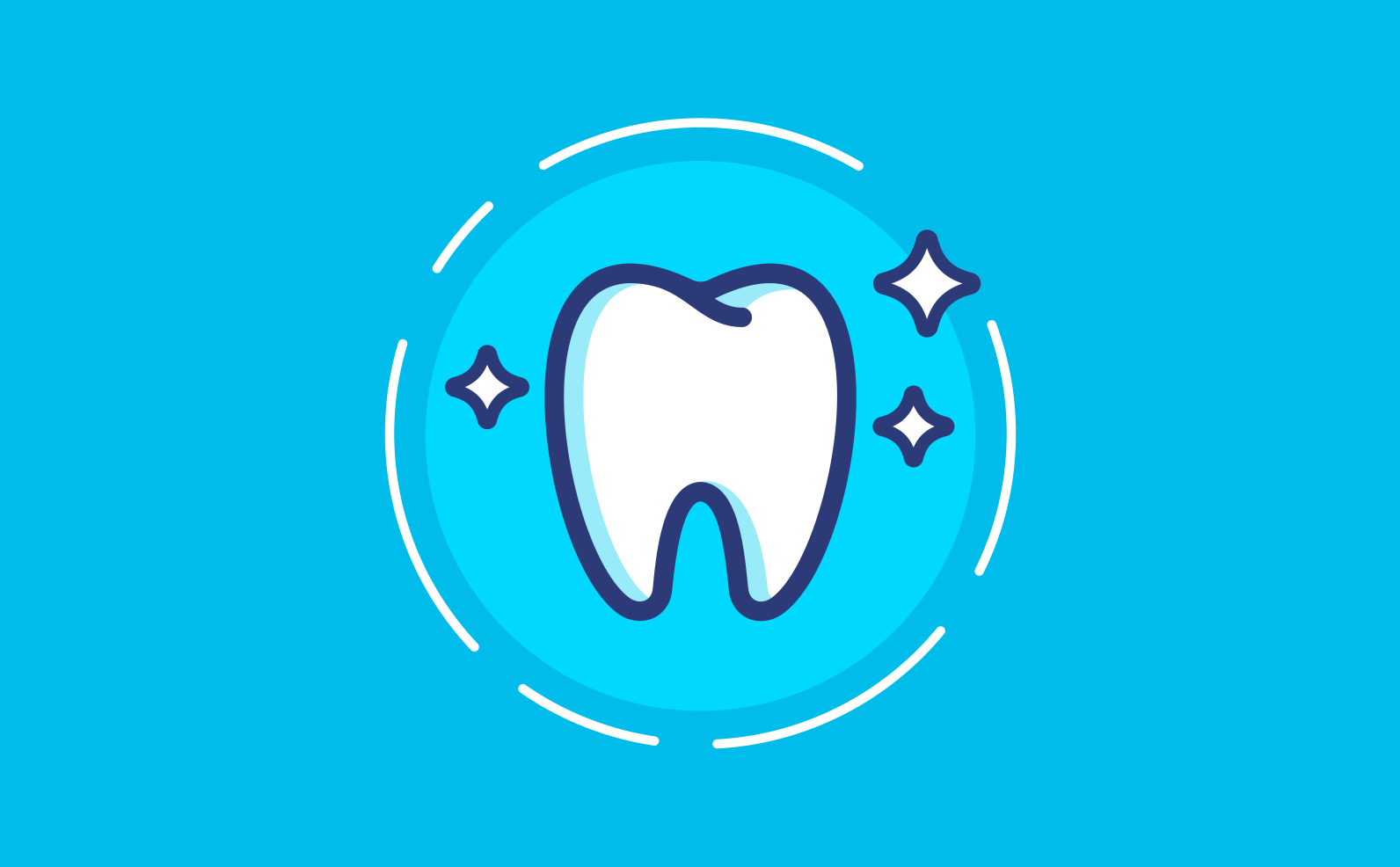What’s fluoride again?
Why is fluoride so important?

Your teeth are constantly under attack as you eat and drink throughout the day. Plaque acids created from bacteria and sugary foods can eat away at minerals at the surface of your teeth, which causes decay and cavities.2
How it works
This is where the mighty fluoride comes in. Its superpower is strengthening the outer surface of your teeth, the enamel. When fluoride is absorbed into your enamel, the material created by this process is even stronger than the original.1 (Are your teeth amazing, or what?) This is how fluoride can rebuild your enamel and prevent future cavities.
Fun fact: Fluoride is so important for dental health, the Centers for Disease Control and Prevention (CDC) named community water fluoridation one of 10 great public health achievements of the 20th century.1
Sources of fluoride for your teeth
Fluoride is naturally occurring in all sources of water, but not always at the level that’s recommended for protecting your teeth. That’s why in the U.S., it’s added to the public tap water in most communities.1
Is tap water enough?
While that’s a huge win for our national oral health, about 30% of the population doesn’t receive fluoridated drinking water.1 It’s also lacking in significant amounts in most bottled water, as well as water from many home filtration systems. And when you consider that 90% of adults experience tooth decay, it’s clear that many people could benefit from additional sources of fluoride.3
Add fluoride to your oral care routine
Supplementing with fluoride in your oral care routine [link to routine article] is a great step to make sure your teeth are getting enough of this mineral for optimal tooth-strengthening power. If you’re using a fluoridated toothpaste (which you hopefully are!), that’s a great start.
Take it a step further with a rinse
If you rinse your mouth with water after you brush, that can wash away the fluoride and make it not as effective. If you want to finish strong and get to all the places brushing may have missed, the American Dental Association (ADA) recommends rinsing with a fluoride mouthwash.4
Using a fluoride mouthwash like ACT®, which contains the maximum amount of fluoride available without a prescription,5 is a simple way to make sure everyone in your family gets the fluoride they need.
Choose the right rinse

Now that you understand how crucial fluoride is for the health of your teeth, it’s time to get rinsing. Out of all fluoride mouth rinses, ACT® is the brand most recommended by dentists and hygienists.6
But which ACT® mouthwash is right for you?
References
1. Centers for Disease Control and Prevention, Water Fluoridation Basics. cdc.gov
2. The Mayo Clinic, Cavities/tooth decay. mayoclinic.org
3. Centers for Disease Control and Prevention, Dental Caries in Primary Teeth. cdc.gov
4. American Dental Association. Home Oral Care Recommendations to Reduce the Risk of Caries and Gum Disease. ada.org
5. Compared to brushing alone. Only applies to 0.05% fluoride formulas.
6. Among OTC mouth rinses.







